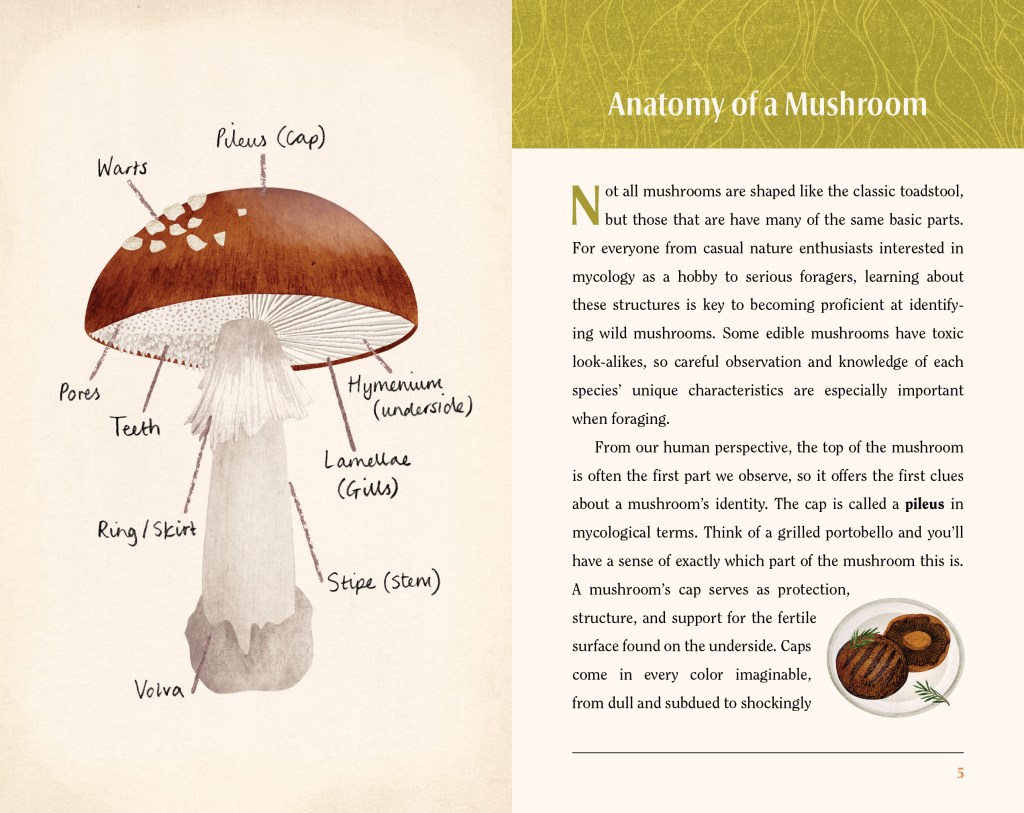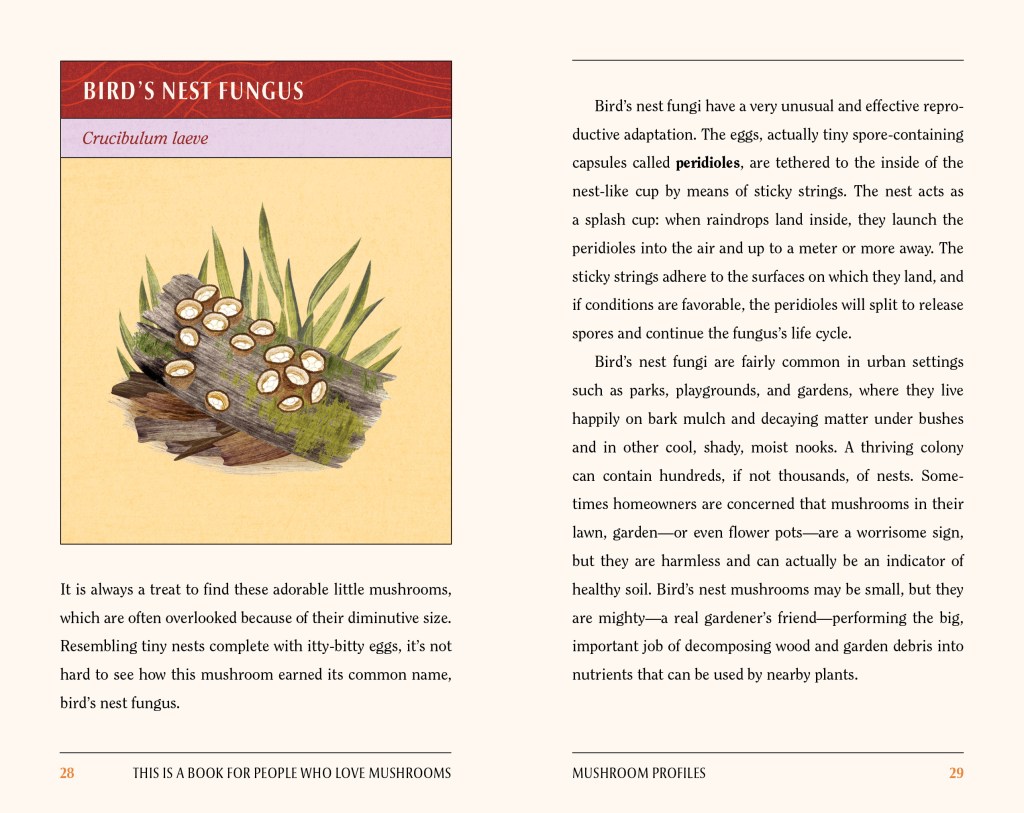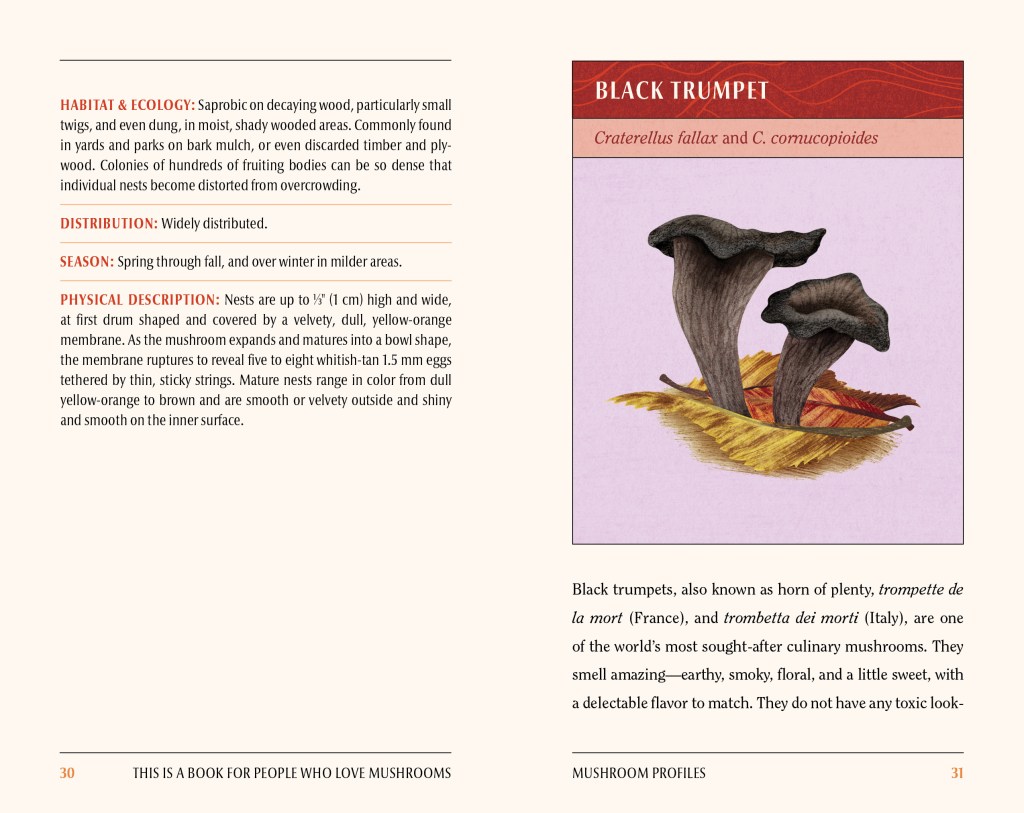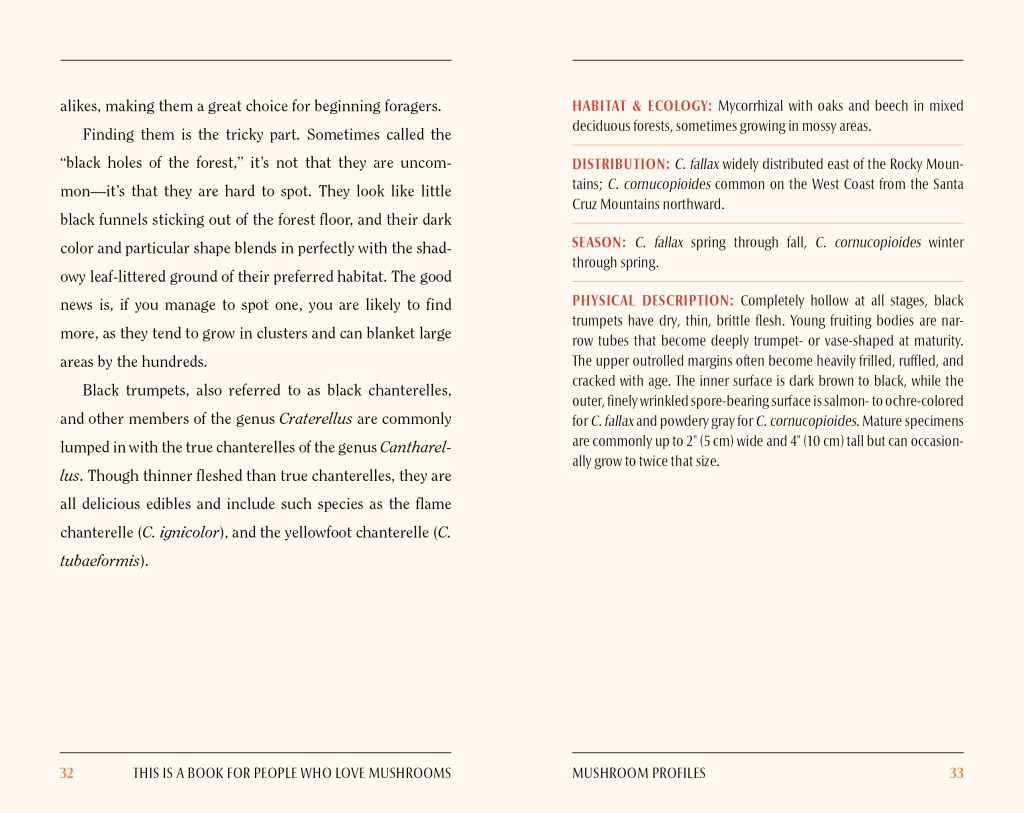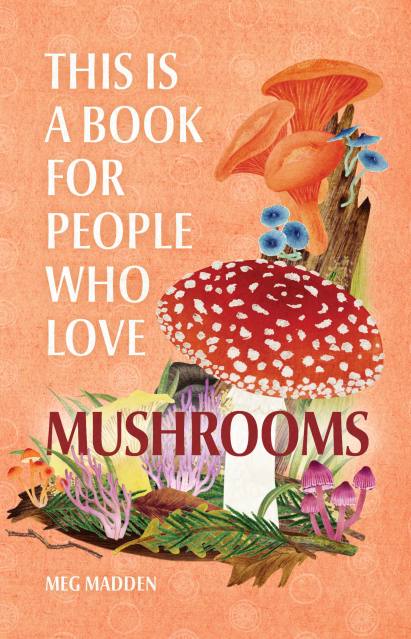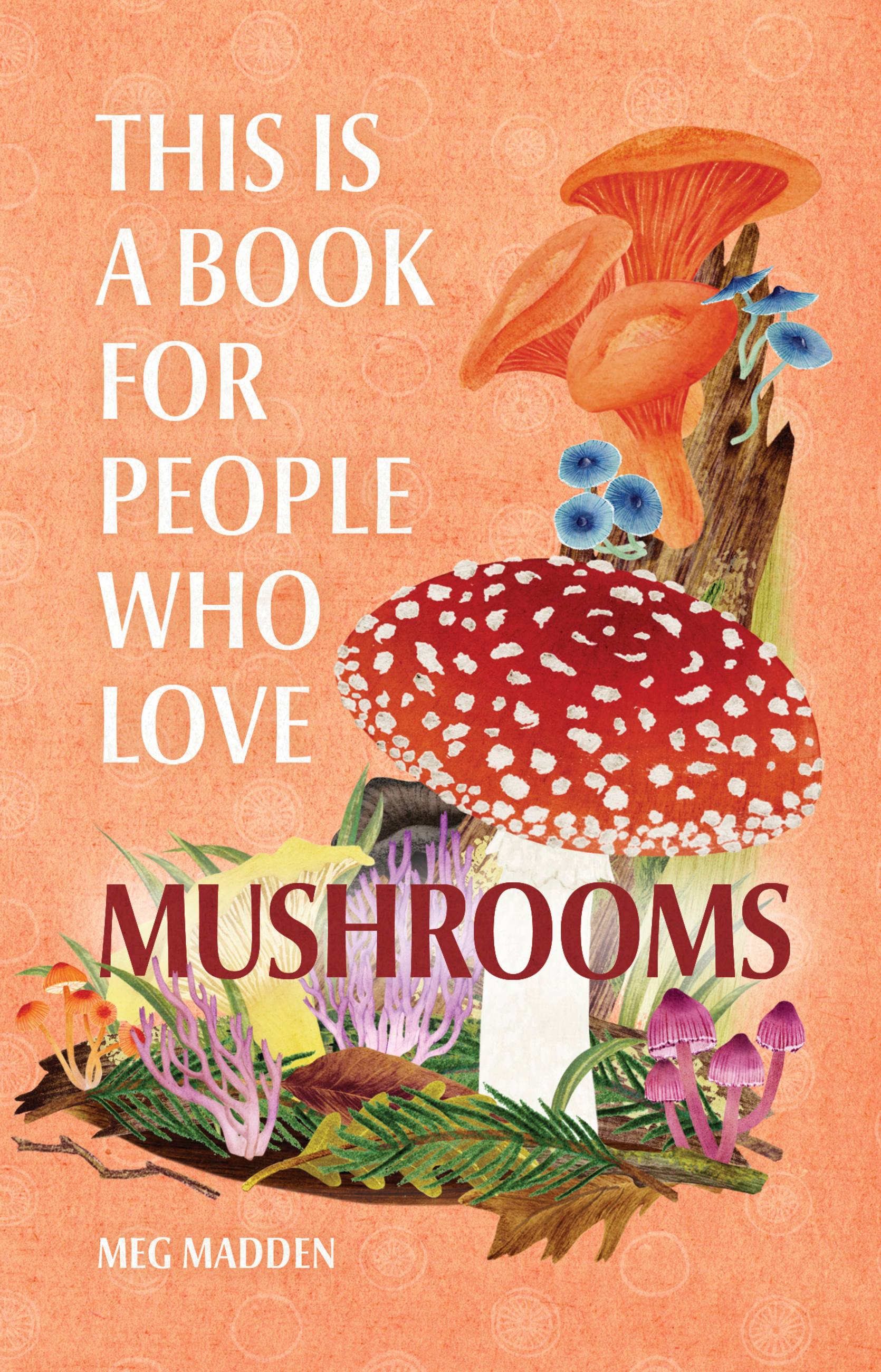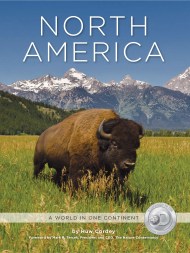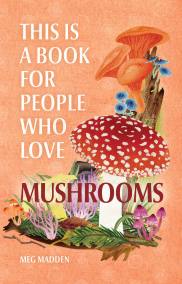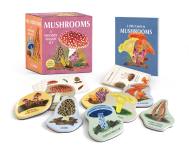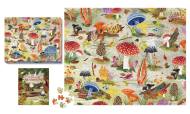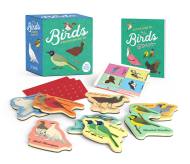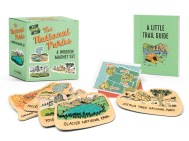Promotion
Use code MOM24 for 20% off site wide + free shipping over $45
This Is a Book for People Who Love Mushrooms
Contributors
By Meg Madden
Formats and Prices
Price
$16.00Price
$22.00 CADFormat
Format:
- Hardcover $16.00 $22.00 CAD
- Puzzle $20.00 $26.00 CAD
- ebook $10.99 $13.99 CAD
- Trade Paperback $10.95 $14.50 CAD
This item is a preorder. Your payment method will be charged immediately, and the product is expected to ship on or around March 7, 2023. This date is subject to change due to shipping delays beyond our control.
Also available from:
For amateur mycologists and experienced foragers alike, this delightful guide acts as a welcome to the wonderful world of mushrooms. From the most common and recognizable varieties frequently found in your supermarket aisle or backyard to the rarest, most fantastical offerings that look straight out of a fairytale illustration and everything in between, This Is a Book for People Who Love Mushrooms is a carefully researched, whimsically illustrated primer on a subject that naturalists are discovering more about each year. Accessible to enthusiasts of all levels, it is the perfect gift for the mushroom lover in your life.
Genre:
- On Sale
- Mar 7, 2023
- Page Count
- 128 pages
- Publisher
- Running Press
- ISBN-13
- 9780762481361
Newsletter Signup
By clicking ‘Sign Up,’ I acknowledge that I have read and agree to Hachette Book Group’s Privacy Policy and Terms of Use
WHAT’S INSIDE
